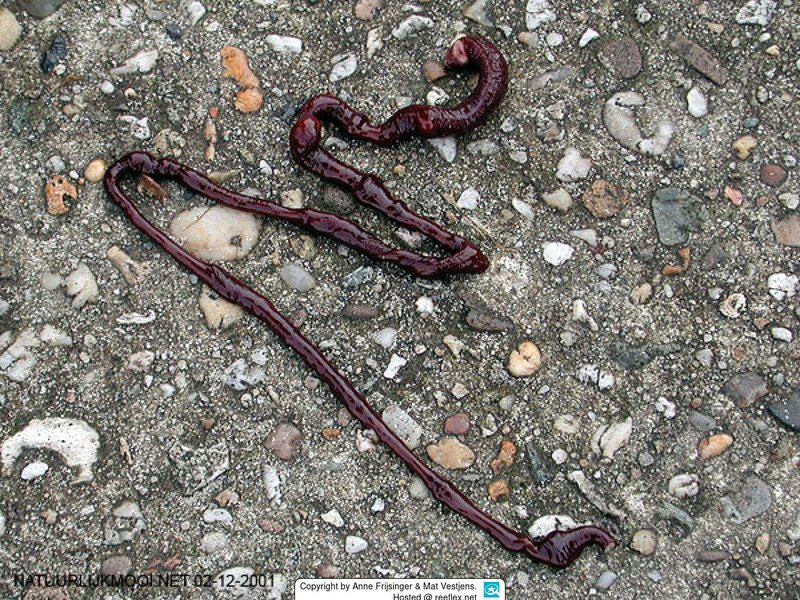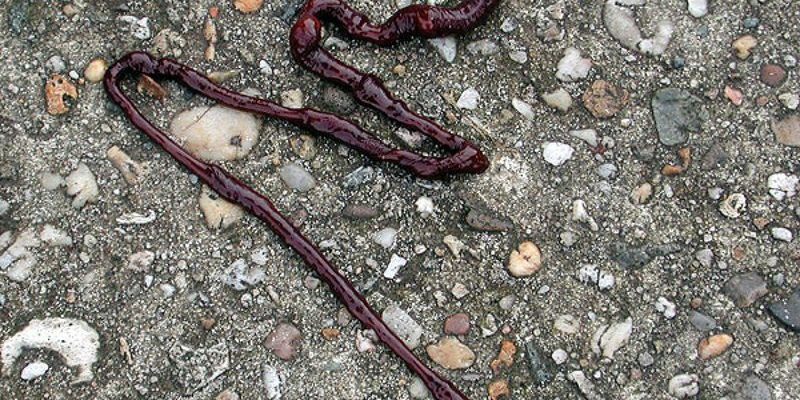
Bootlace worms are unique not just because of their length, which can reach up to 55 meters, but also because their history is packed with surprises. Imagine them as the living kin of creatures that thrived millions of years ago. Just like peeling back layers of an onion, studying their fossils helps scientists understand how life has evolved, adapted, and survived through countless changes over time. So, let’s dive into the world of bootlace worm fossils and their ancient relatives, and who knows? You might discover something that sparks your curiosity!
What Are Bootlace Worms?
Bootlace worms are a type of marine animal that belongs to the phylum Annelida, which means they’re relatives of earthworms and leeches. These worms typically inhabit the cold waters of the North Atlantic and are often found in marine environments, particularly among seaweeds and rocks. One of the most intriguing things about them is their incredible length. Some bootlace worms can stretch over 50 meters! Just imagine spotting something that long submerged in water—it’s both fascinating and slightly eerie.
These worms are known for their bodily structure, which consists of a long, segmented body. Each segment can regenerate if damaged, which is a pretty cool survival tactic. Picture a superhero who can heal from injuries! The bootlace worm’s ability to regenerate allows it to thrive, even in environments where other creatures might struggle. They also have a unique feeding style, using their muscular pharynx to consume detritus and tiny organisms. This flexibility in diet is one reason why they’ve managed to stick around for so long in the grand tapestry of evolution.
The Fascinating Fossils of Bootlace Worms
Now, let’s talk about bootlace worm **fossils**. Fossils are like nature’s time capsules. They give us a glimpse into life millions of years ago. But bootlace worm fossils are rare—after all, soft-bodied creatures like these don’t tend to fossilize well. Most fossils you see in museums are from animals with hard shells or bones. However, when a bootlace worm does fossilize, it often leaves behind trace fossils, which are signs of their existence rather than their physical form.
These trace fossils include burrows and feeding marks on the ocean floor, hinting at where the worms once lived and what they ate. Think of these fossils as the breadcrumbs left behind as they roamed their world. Many of these traces date back to the Carboniferous period, around 354 to 290 million years ago. This tells scientists that bootlace worms have been around for a lot longer than many other species. It’s a reminder that the ocean has been home to these creatures for millions of years, adapting and evolving along the way.
Ancient Relatives of Bootlace Worms
Bootlace worms have ancient relatives that can help us understand their evolution better. For instance, the family of annelids they belong to includes some pretty interesting characters, like the *Polychaetes*. These are marine worms that have been around for over 500 million years and exhibit a wider variety of forms and lifestyles compared to bootlace worms.
One notable ancient relative is *Hallucigenia*, a creature that roamed the seas around 505 million years ago. Fossils of this peculiar worm-like organism were first discovered in the Burgess Shale of Canada. Unlike the bootlace worm, it had spiky protrusions and walked on legs! The study of *Hallucigenia* has provided significant insight into early animal evolution, highlighting how diverse life forms have been throughout history.
What’s really neat is that by studying these **ancient relatives**, scientists can draw connections between past and present. It’s like tracing your family tree to discover how traits and characteristics have been passed down through generations. Bootlace worms, like all living creatures, are part of this long evolutionary saga.
The Evolutionary Journey of Bootlace Worms
Bootlace worms exhibit a remarkable evolutionary journey. Since they’ve been around for millions of years, they provide a unique perspective on how species adapt to their environments. Their long, slender bodies and regenerative abilities are examples of how natural selection has favored traits that enhance survival.
Over time, various species of bootlace worms have diversified. Some have adapted to different marine environments, like deeper waters or areas with varying temperatures. This adaptability is crucial for survival and has allowed these worms to occupy a range of ecological niches. Think of it like a tree branching out into various directions, each branch representing a different survival strategy.
Also, their **diet** and feeding mechanisms have evolved alongside changes in their ecosystem. As they adapted to varying food sources and habitats, they developed different feeding techniques and behaviors. This evolutionary flexibility makes bootlace worms a fascinating case study in marine biology.
Where to Find Bootlace Worms Today
If you’re curious about spotting bootlace worms, you’ll want to head to cold waters. They are commonly found in areas around the North Atlantic, from Norway down to the coasts of North America. They often thrive in environments where seaweeds and rocky substrates provide ample hiding spots.
Bootlace worms aren’t the easiest creatures to find, as they tend to blend into their surroundings. If you’re ever exploring tide pools or rocky shores, keep an eye out. They often burrow into sand or mud, so you might spot them if you’re lucky—or if you dig a little. Just remember to be gentle; these delicate creatures play a key role in their ecosystems.
Some marine biologists even study bootlace worms to learn more about biodiversity and ecosystem health. Understanding their habits and habitats helps to paint a fuller picture of marine life and the interconnectedness of oceanic species.
Why Bootlace Worms Matter
You might be wondering, why should we care about bootlace worms and their fossils? Well, the study of these creatures enhances our understanding of marine ecosystems and evolution. They serve as indicators of environmental changes over time, helping scientists to monitor the health of our oceans.
Moreover, the resilience of bootlace worms shows us how life can withstand and adapt to drastic changes. This understanding is crucial, especially as we face modern challenges like climate change and habitat loss. By learning about ancient species, we can gather insights into how current species might adapt or struggle in the future.
In a way, bootlace worms teach us not just about the past but also about the present and future of life on Earth. Their ancient relatives remind us that evolution is an ongoing process filled with surprises and mysteries, just waiting to be explored.
Bootlace worms, with their fascinating history and ancient relatives, offer us a window into the past that deepens our understanding of life on Earth. From their incredible lengths and regenerative abilities to the ancient traces they’ve left behind, these creatures are more than just peculiar marine animals; they are a vital part of our natural history.
Exploring their fossils connects us to earlier life forms and showcases the incredible adaptability of nature. While these worms might not always be front and center in discussions about marine life, their place in the story of evolution is undeniably significant. So, the next time you think about ancient creatures, remember the bootlace worm and its journey through time—it’s a story of resilience, adaptation, and the endless wonders of life beneath the waves.

